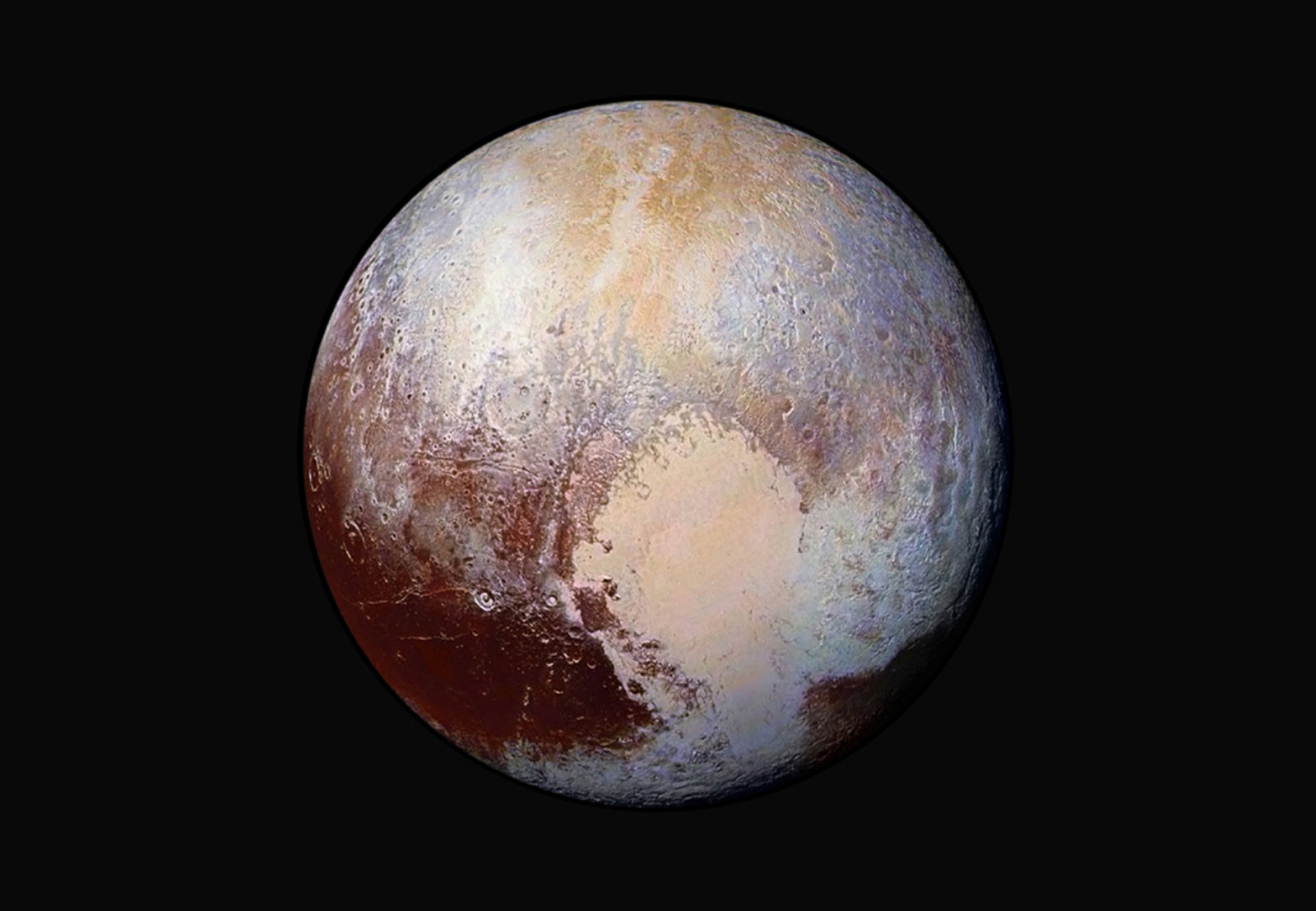
Pluto may have lost its official planet status, but the frozen world at the edge of our solar system still deserves a closer look. That’s the end goal of two new studies of Pluto published in the journal Nature this month, both of which focus on Sputnik Planitia — a 1,000-kilometer long basin covered in frozen nitrogen. As Wired notes, both papers agree that Sputnik Planitia’s mass is likely responsible for throwing Pluto off its axis and creating Charon’s tidal alignment, but they differ in their explanations of how a dent in the planet’s surface could actually be so massive.
via Engadget





